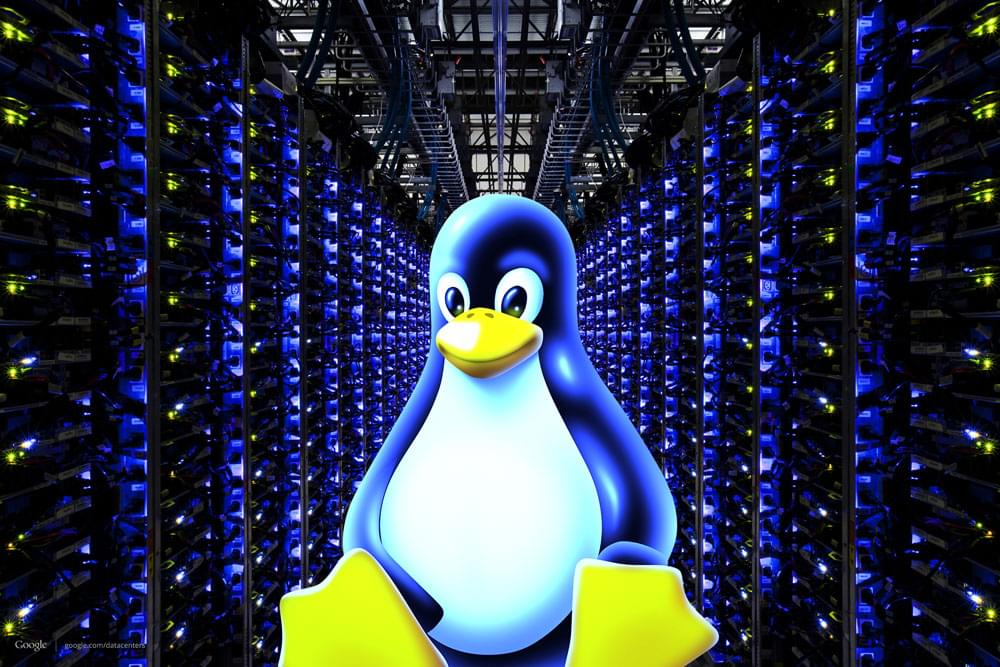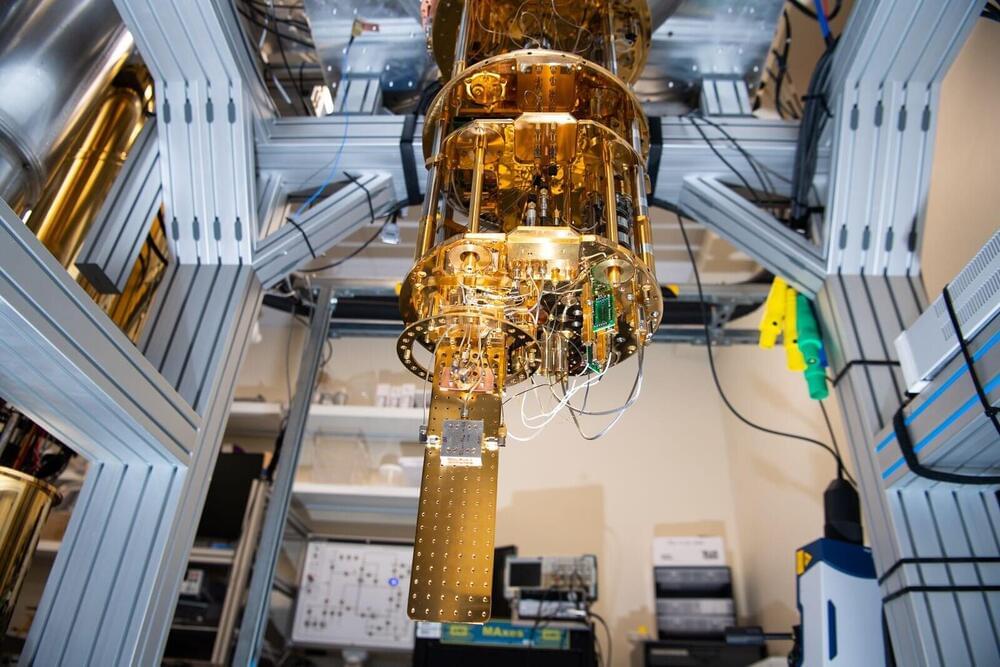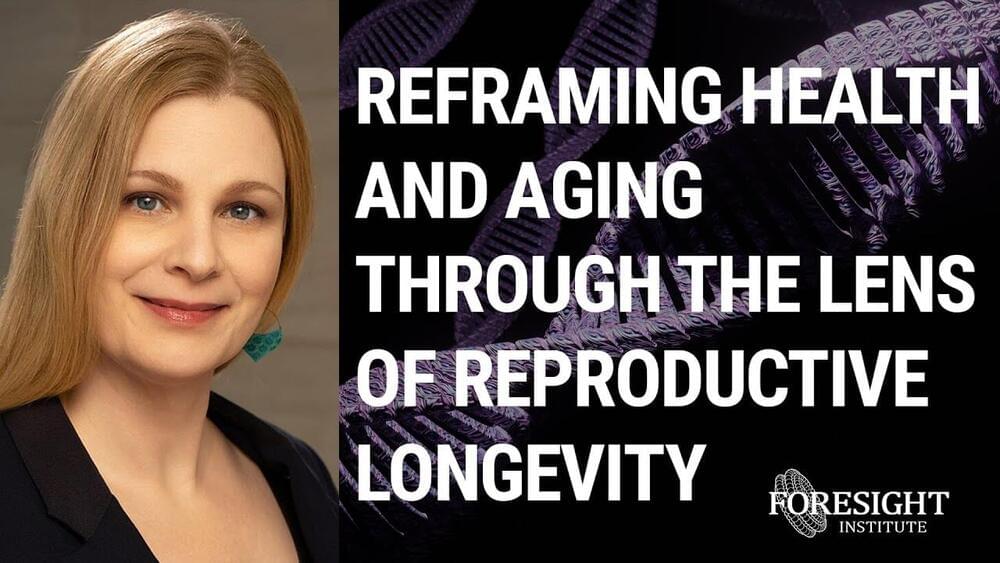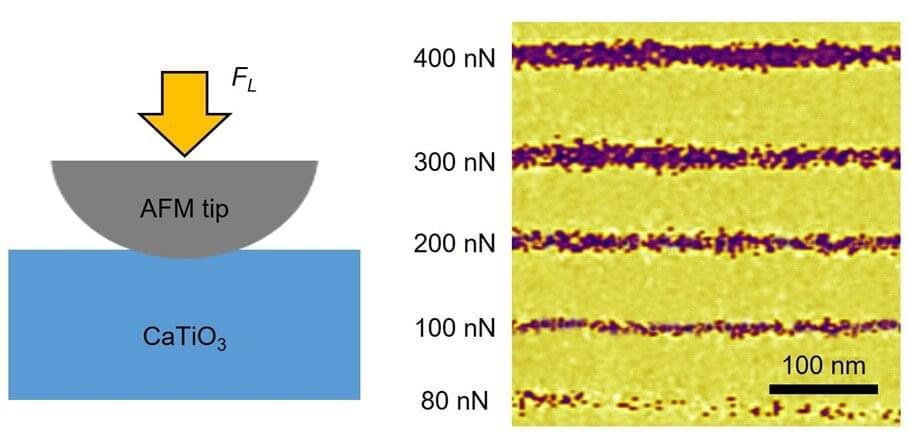Oct 5, 2022
Caltech’s Breakthrough New Nanophotonic Chip “Squeezes” More Out of Light
Posted by Dan Breeden in categories: computing, quantum physics
Electronic computing and communications have advanced significantly since the days of radio telegraphy and vacuum tubes. In fact, consumer devices now contain levels of processing power and memory that would be unimaginable just a few decades ago.
But as computing and information processing microdevices get ever smaller and more powerful, they are running into some fundamental limits imposed by the laws of quantum physics. Because of this, the future of the field may lie in photonics—the light-based parallel to electronics. Photonics is theoretically similar to electronics but substitutes photons for electrons. They have a huge potential advantage in that photonic devices may be capable of processing data much faster than their electronic counterparts, including for quantum computers.

















